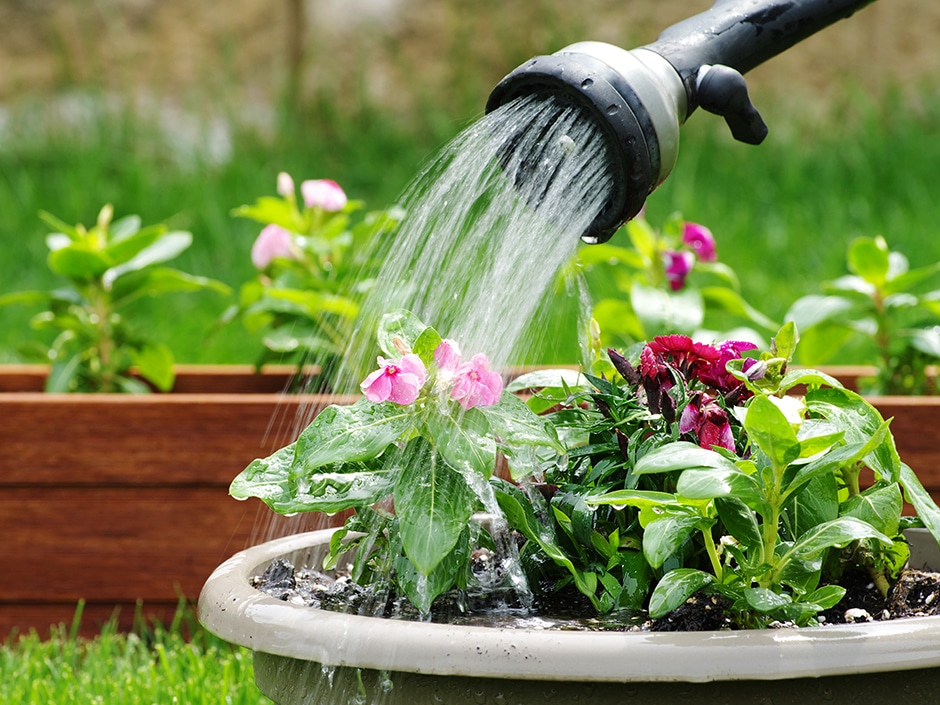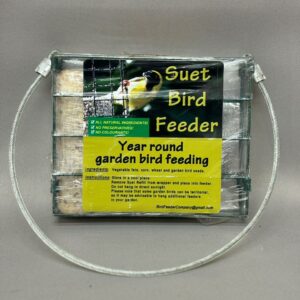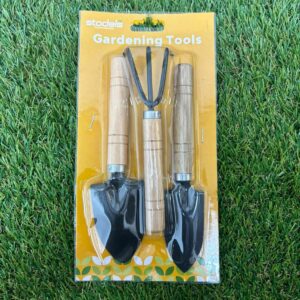Having experienced years of drought and water restrictions, we like to think we’ll never take water for granted again. Conserving this precious resource while still keeping our gardens happy can be a difficult balance to strike. Here are five ways to water your garden more efficiently:
How to save water in your garden
DIY and how-to

Best ways to save water in your garden
Water at the right time
Choosing to water during a cooler time of the day will ensure that you reduce evaporation – aim to water your garden early in the morning or evening. The advantage of watering early in the morning is that you minimise the chance of mildew infections related to a drop in temperature and damp conditions. If you’re using an automated irrigation system, set it to switch on before dawn when evaporation rates are at their lowest.
Water according to the weather
Water less often in cooler weather and more frequently, for a longer period, in hot weather.
Keep the elements in mind
Avoid watering on windy days, as the evaporation rates are at their highest. Stop watering for a few days after a good rain. However, don’t forget about the plants that may be under the shelter of the roof’s overhang.
Water deeply but infrequently
When the soil has been watered for a longer period of time, the roots grow downwards towards the moisture deeper in the soil. This enables the plants to grow better and survive longer periods without water. Allow water to reach a depth of 20cm for finer root system plants, such as lawns, vegetables and herbs, and about 60–90cm for plants with a more robust root system, such as trees and shrubs.
More waterwise tips
Run-off water is considered wasted water, so avoid watering at a quicker rate than the plant and soil can absorb it. To help your plants absorb water more efficiently:
- Make basins around trees and shrubs.
- Make terraces or pockets for plants on sloping ground to hold water.
- Water clay soils lightly, as the soil is more compact and absorbs moisture at a slower rate. Keep in mind that clay soils retain more water, so less frequent watering is needed.
Ready for more tips on how to start – and maintain – a waterwise garden? Make yourself a cup of coffee and read our guides below:
You might also like
Shop online
-
- Sale!
PERSIAN ADULT 400G , 2KG , 4KG OR 10KG
- Price range: R80.99 through R1,660.49
- Select options This product has multiple variants. The options may be chosen on the product page Learn More
-
APHICIDE 100ml
- R139.99
- Add to cart Learn More
-
HAND TOOL SET
- R39.99
- Add to cart Learn More




